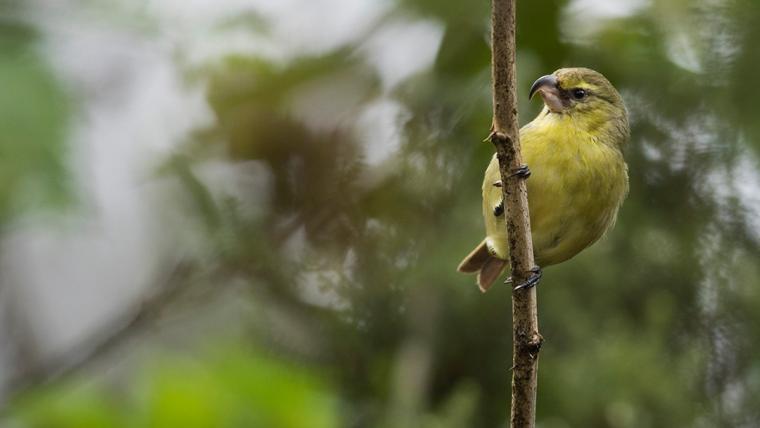
Hatching a future for Australia’s living fossils
A quilt of pebbles and rocks blankets the floor of the Manning River in Australia. Among the patches of sediment, an ancient animal hides in plain sight. The shy Manning River turtle has swum through these waters for millennia. Stitching itself seamlessly into its surroundings, this remarkable creature is found nowhere else on earth.
Endemic to the middle and upper reaches of the Manning River in New South Wales, these reptiles thrive in shallow, rapidly-flowing waters. Known as living fossils, the species has been roaming this area for 55 million years. They are an integral part of their delicate ecosystem, and spend most of their time foraging for macroinvertebrates, aquatic vegetation, or anything they can get their webbed feet on. As bottom-feeders, they help rid the water system of natural debris, keeping it clean and nutrient-rich.
While they appear like any ordinary turtle from above, the Manning River species is considered to be one of the most beautiful in Australia. When they peek their necks out of their shells, a yellow streak along their jaw highlights what appears to be a sheepish smirk. The vibrant markings continue underside, illuminating their belly all the way to their tail. On a scorching day, these introverts like to stand on a secluded rock or log, raising their golden stomachs to the sun.
But in recent years, Manning River turtles have found themselves in deep water. As they lay their eggs on river banks, young are exposed to predators such as foxes. The cunning hounds have become the turtle’s single biggest threat, raiding approximately 97% of nesting sites and even ambushing mothers. Today, Manning River turtles are endangered, and are at further risk from illegal poaching, habitat degradation, and disease.
To save the species from extinction, NPO Aussie Ark and the Australian Reptile Park launched the Manning River Turtle Project. The team has constructed breeding ponds that assimilate the turtle’s natural habitat in hopes of establishing an insurance population. In 2020, they successfully welcomed 10 hatchlings who will be released into the wild. With people uniting to keep turtle numbers strong, we have the chance to protect these prehistoric creatures.






























Please sign in to leave a comment